KEY MESSAGES
- Despite hopes that the world would emerge from the COVID-19 pandemic in 2021 and food security would begin to improve, world hunger rose further in 2021. The increase in global hunger in 2021 reflects exacerbated inequalities across and within countries due to an unequal pattern of economic recovery among countries and unrecovered income losses among those most affected by the COVID-19 pandemic.
- After remaining relatively unchanged since 2015, the prevalence of undernourishment jumped from 8.0 to 9.3 percent from 2019 to 2020 and rose at a slower pace in 2021 to 9.8 percent. Between 702 and 828 million people were affected by hunger in 2021. The number has grown by about 150 million since the outbreak of the COVID-19 pandemic – 103 million more people between 2019 and 2020 and 46 million more in 2021.
- Projections are that nearly 670 million people will still be facing hunger in 2030 – 8 percent of the world population, which is the same as in 2015 when the 2030 Agenda was launched.
- After increasing sharply in 2020, the global prevalence of moderate or severe food insecurity remained mostly unchanged in 2021, but severe food insecurity rose higher, reflecting a deteriorating situation for people already facing serious hardships. Around 2.3 billion people in the world were moderately or severely food insecure in 2021, and 11.7 percent of the global population faced food insecurity at severe levels.
- Globally in 2020, an estimated 22 percent of children under five years of age were stunted, 6.7 percent were wasted, and 5.7 percent were overweight. Children in rural settings and poorer households, whose mothers received no formal education, were more vulnerable to stunting and wasting. Children in urban areas and wealthier households were at higher risk of overweight.
- Steady progress has been made on exclusive breastfeeding, with 43.8 percent of infants under six months of age exclusively breastfed worldwide in 2020, up from 37.1 percent in 2012, but improvement must be accelerated to meet the 2030 target. Infants residing in rural areas, in poorer households, who are female and whose mothers received no formal education are more likely to be breastfed.
- Globally in 2019, nearly one in three women aged 15 to 49 years (571 million) were affected by anaemia, with no progress since 2012. Anaemia affects more women in rural settings, in poorer households and who have received no formal education.
- Almost 3.1 billion people could not afford a healthy diet in 2020. This is 112 million more than in 2019, reflecting the inflation in consumer food prices stemming from the economic impacts of the COVID-19 pandemic and the measures put in place to contain it.
- The recent setbacks indicate that policies are no longer delivering increasing marginal returns in reducing hunger, food insecurity and malnutrition in all its forms. Governments where the economy is fragile are also facing fiscal constraints to transform agrifood systems. This is the time for governments to start examining their current support to food and agriculture.
- Worldwide support to food and agriculture accounted for almost USD 630 billion per year on average over 2013–2018. The lion share of it is targeted to farmers individually, through trade and market policies and fiscal subsidies largely tied to production or unconstrained use of variable production inputs. Not only is much of this support market distorting, but it is not reaching many farmers, hurts the environment and does not promote the production of nutritious foods.
- Support to agricultural production largely concentrates on staple foods, dairy and other animal source protein-rich foods, especially in high- and upper-middle-income countries. Rice, sugar and meats of various types are the foods most incentivized worldwide, while fruits and vegetables are less supported overall, or even penalized in some low-income countries.
- Trade and market interventions can act as trade barriers for nutritious foods undermining the availability and affordability of healthy diets. In many countries, fiscal subsidies have increased the availability and reduced the price of staple foods and their derivatives, discouraging and making relatively more expensive the consumption of unsubsidized or less subsidized commodities such as fruits, vegetables and pulses.
- Done smartly and informed by evidence, involving all stakeholders, keeping in mind countries’ political economies and institutional capabilities, and considering commitments and flexibilities under World Trade Organization rules, repurposing existing public support can help increase the availability of nutritious foods to the consumer. It can contribute to making healthy diets less costly and more affordable all over the world, a necessary – albeit insufficient – for condition for healthy diets to be consumed.
- When repurposing public support to make healthy diets less costly, policymakers have to avoid potential inequality trade-offs that may emerge if farmers are not in a position to specialize in the production of nutritious foods due to resource constraints. To avoid trade-offs in terms of greenhouse gas emissions, low-emission intensity technologies have to be adopted to produce nutritious foods, and overproduction and overconsumption of emission-intensive commodities need to be reduced in high- and upper-middle-income countries in line with dietary guidelines.
- In low-income countries but also in some lower-middle-income countries where agriculture is key for the economy, jobs and livelihoods, governments need to increase and prioritize expenditure for the provision of services that support food and agriculture more collectively. This is crucial to bridge productivity gaps in the production of nutritious foods and enable income generation to improve the affordability of healthy diets, although it will require significant development financing.
- Repurposing current public support to food and agriculture will not be enough alone. Healthy food environments and empowering consumers to choose healthy diets must be promoted through complementing agrifood systems policies. Social protection and health system policies will be needed to mitigate unintended consequences of repurposing support on the most vulnerable, particularly women and children. Environmental, health, transportation and energy systems policies will be needed to enhance the positive outcomes of repurposing support in the realms of efficiency, equality, nutrition, health, climate mitigation and the environment.
- The success of repurposing efforts will also be influenced by the political and social context, governance, (im)balances of power, and differences in interests, ideas and influence of stakeholders. Given the diversity of each country’s context, repurposing efforts will need strong institutions on a local, national and global level, as well as engaging and incentivizing stakeholders from the public sector, the private sector and international organizations.



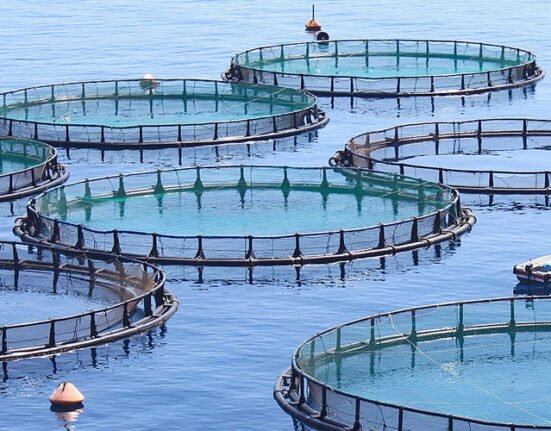

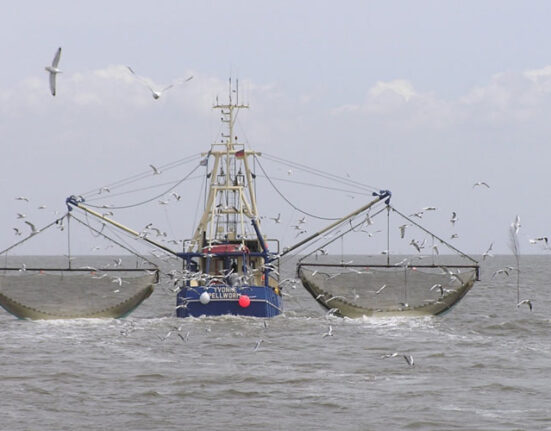
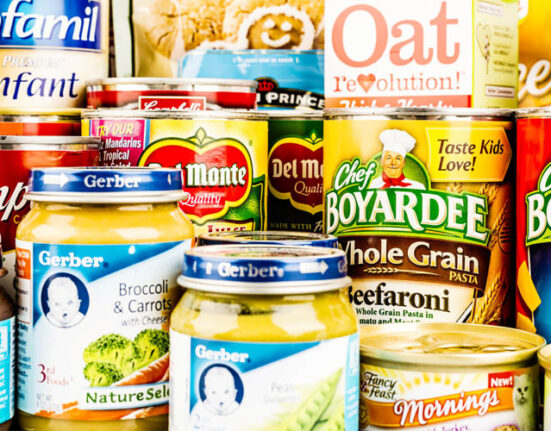
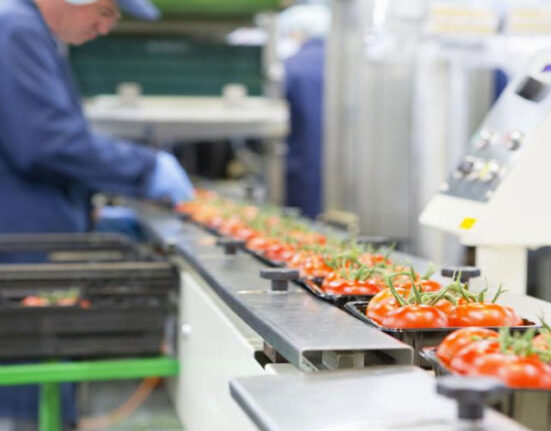


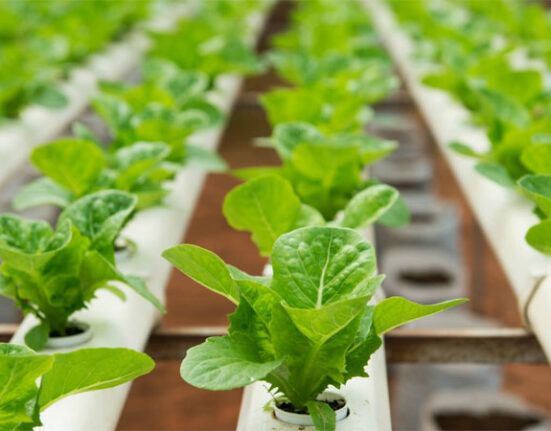


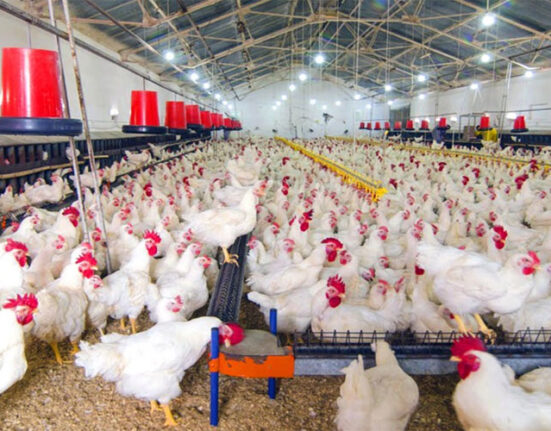

Leave feedback about this